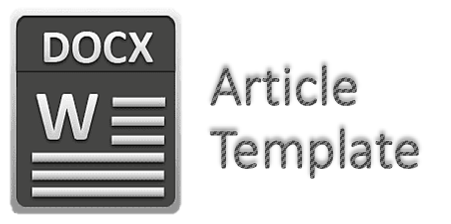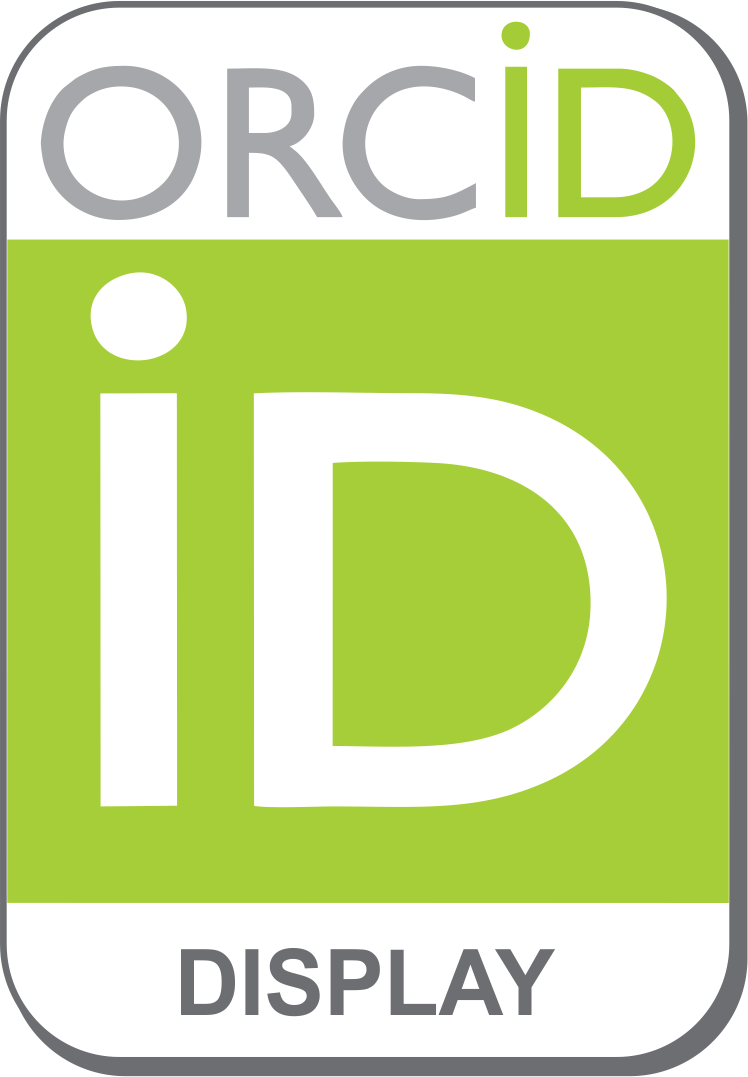Author Guidlines
Author Guidelines
Author Guidelines
a. General Guidelines
- Manuscript sent via online submission at http://jurnalfuda.iainkediri.ac.id/index.php/KJOURDIA in the form of writing the results of research.
- Posts have never been published in other media. If the article or part of the article has been published or presented, then the author must include the statement.
- The manuscript is written in standard Indonesian or English, using Times New Roman Font 12 pt, A4 paper size, 2.5 cm top margin, 2.5 cm bottom, 2.5 cm right, and 2.5 cm left with line density 1.5 space.
- The length of the manuscript sent between 3000 s.d. 7000 words (including abstracts, images, graphs/tables, and references).
- The title should not exceed 14 words Times New Roman Font 12 pt; it should be clear, concise, and informative. Abbreviations should be avoided
- Abstract is written in Indonesian and English between 150 - 250 words, and is accompanied by 3-5 keywords. Keywords in english are written in italics, between keywords separated by semicolons (;).
- The manuscript is accompanied by the author's identity which includes: Author's name without an academic degree (Times New Roman Font 12 pt in bold), institutional affiliation of the author, address of the institution, and e-mail (Times New Roman Font 11 pt, 1 space).
- Institutional affiliation of the writer follows the place where the person concerned is active.
- Author's name and order of authors (if more than one author) based on the amount of contribution and participation in conducting research and report writing and all authors are responsible for the contents of the manuscript.
- Manuscripts entered into the editorial will go through a double-blind review process by a free partner and a decision "accepted" is determined by the Editor. Manuscript that is published will be edited again by the editor without changing the substance.
b. Writing System for Research Outcome
ABSTRACT:
The content of the abstract must contain the purpose and intent of the research, its urgency, research methods, data findings and discussion and conclusions
INTRODUCTION
- Introduction written using uppercase Times New Roman Font 12 pt, 1.5 space and bolded. The contents of the introduction are written using the Times New Roman Font 12 pt, straight margin with spaces below 6 pt.
- The introduction should contain background research, related research that has ever existed, expectations to be achieved from writing, scientific benefits and novelty of writing and the purpose of writing.
METHODS
The research methods should elaborate on the method utilized in addressing the issues including the method of analysis. It should contain enough details allowing the reader to evaluate the appropriateness of methods as well as the reliability and validity of findings
RESULTS AND DISCUSSION
- The results and discussion are written using Times New Roman Font 12 pt, 1.5 space and bolded. The contents of the results and discussion are written using the Times New Roman Font 12 pt, straight margin with spaces below 6 pt.
- If there are multiple subheading the the writing is:
|
Level of Heading |
Format |
|
1st |
LEFT, BOLD, UPPERCASE |
|
2nd |
Flush Left, Bold, Capitalise each word |
|
3rd |
Bold, Capitalise each word, ending with. |
|
4th |
Bold Italic, Capitalise each word, ending with. |
- The presentations in the results and discussion are written clearly and concisely containing the findings of the research results, the difference between the results or research findings with the previous writings of other researchers; The discussion contains a description and analysis of the results of the study with relevant theory.
- Simplify tables and use open tables, and map images are more focused on the object under study and not too large and complicated file sizes (attempted in JPG format); tables and figures are numbered sequentially. Example of writing a table: Table 3.
- The reference citation source technique uses body note, with APA Style format. For details see examples in the technical provisions of the quoting mechanism.
CONCLUSION
- The conclusion is written using Times New Roman Font 12 pt, 1.5 space and bolded. The contents of the conclusion are written using the Times New Roman Font 12 pt, straight margins with spaces below 6 pt.
- Conclusion contains conclusions that answer the purpose of writing the script, scientific development in accordance with the study area. its usefulness for publication in journals and the possibility of applying or developing research. Also, write suggestions for further research.
ACKNOWLEDGMENT (OPSIONAL)
- Acknowledgments are written using the large Times New Roman Font 12 pt, 1.5 space and bolded. The contents of the thank you note were written using the Times New Roman Font 12 pt, straight margin. with spaces below 6 pt.
- This section is tentative, may or may not, contain thanks to funding agencies, and/or individuals who have assisted in conducting research and writing scripts.
REFERENCE
- The reference is written using Times New Roman Font 12 pt, 1.5 space and bolded.
- Literature included in bibliography only contains sources that are referred to or quoted in the manuscript.
- Reference sources referred to in the manuscript should refer to one or several scientific journal manuscripts.
- Manuscripts should refer to or quote one or more of the articles of the Mediakita Journal
- The technique of writing reference, using the APA Style citation system More can be seen in the technical provisions of reference writing
|
|
Books Stolly, K.S. (2005). The Basics of Sociology. USA: Greenwood Press. |
|
|
|
Book chapter |
|
|
|
Fairclough, N. (2005). Critical Discourse Analysis in Transdisciplinary Research. In Wodak, R. & Chilton, P. (Eds.), A New Agenda in (Critical) Discourse Analysis (pp. 53-71). Amsterdam: John Benjamins Publishing Co. |
|
|
|
Journal Article |
|
|
|
Zuraida, T.R., Sumartini & Qomariyah, U. (2013). Pemberontakan Perempuan dalam Novel Perempuan Badai Karya Mustofa Wahid Hasyim: Kajian Feminisme. Jurnal Sastra Indonesia, 2 (1), 1-10. |
|
|
Journal article with DOI |
||
|
|
Sarkar, S. (2014). Media and Women Image: A Feminist Discourse. Journal of Media and Communication Studies., 6 (3), 48-58. doi: 10.5897/JMCS2014.0384 |
|
|
|
Journal article on website |
|
|
|
Rosemary, R., Susilawati, N., Yanuar, D., Anisah, N., Idris, M. (2021). Perceived Effectiveness of the Anti-Smoking Public Service Advertisement on YouTube (#SuaraTanpaRokok). Communicare: Journal of Communication Studies, 8(1), 1-19. Retrieved from http://journal.lspr.edu/index.php/communicare/article/view/235/111 |
|
|
|
Newspapers article |
|
|
|
Fung, M. (2006, December 12). Asthma rates increasing. Winnipeg Free Press, pp. C4. |
|
|
|
Newspaper article on website |
|
|
|
|
|
|
|
Website |
|
|
|
Buzan, T. (2007). Mind maps. Retrieved September 3, 2009, from http://www.buzanworld.com/Mind_Maps.ht |
|
|
|
Website document |
|
|
|
TransCanada. (2006). Annual report. Retrieved from http://www.transcanada.com/investor/annual_reports/2006
|
|
|
|
Book translation |
|
|
|
Mancusa, S., & Viola, A. (2015). Brilliant green: The surprising history and science of plant intelligence (J. Benham, |
|
|
|
Trans.). Washington, DC: Island Press. |






















